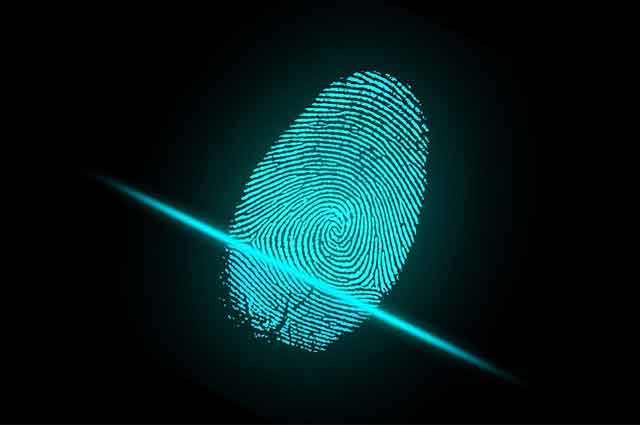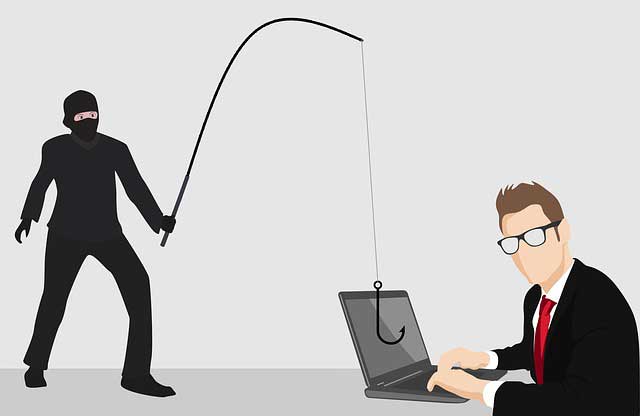This is a contributors’ article is by Alex J. Coyne
Identity theft happens when a fraudster uses someone else’s personal information for their own personal gain. This can involve taking out loans in someone else’s name, charging items to their card, withdrawing or transferring from their bank accounts – and also extends to impersonating (and thus “stealing”) someone’s identity via social media websites like Facebook and Instagram.

Sometimes it’s blatant financial theft or fraud, and other times identity theft results in more elaborate scams using someone’s details, name or face. Scammers often use profile photos and information that doesn’t belong to them and might even have been taken off your personal profile.
Official NSW Police statistics estimate that as much as 126, 300 Australians were victims of identity theft between 2014 and 2015. Further Scamwatch statistics estimate that identity theft fraud resulted in as much as $340 million worth in damages.
Here are 7 ways to spot it.
1. Someone’s Impersonating Me On Social Media
If friends, family or colleagues report that that they have been receiving messages from you on social media that you didn’t send, it could be a virus, spyware or keylogger forwarding a chain message to your contacts (often duplicating itself in the process) or might be online identity fraud.
Scammers can create a false profile using your information, images or name and use it to exploit money or information from your contacts. When people think it’s you, they might be more likely to volunteer information or more. Sometimes it involves the use of personal photographs to make their profile seem more “legitimate.”
Usually, they’ll block your actual account from the cloned one to prevent you from seeing it while logged in.
What To Do:
- Use a “reverse search engine” to look for any possible duplicates of your social media images and profile photos.
- Report the impersonating account or profile.
- Inform your closest contacts about the impersonation.
- Proceed with legal steps against the user of the account where possible.
2. Someone’s Accessing Lower Security Accounts

Never use the same e-mail address, password or security question answers for high-security and low-security accounts.
Low-security accounts are things like internet forums, while high-security ones include internet banking profiles. Low-security accounts are much easier to get into and can give a scammer the information or logins they need to get into other accounts.
Something as simple as the same security question answer can be the weak link in all your accounts, and the same is true for using the same login details across the board. It’s an immediate exploitable flaw for any hacker or scammer who can get into the lower-security account to obtain access to everything else.
What To Do:
- Always check your “active logins” and “last accessed” tabs to confirm that only you are logged in.
- Don’t leave your accounts logged in, whether on a private network or public one.
- Use separate e-mail addresses, passwords and security questions for different accounts.
- Change passwords regularly.
- Where you see unwarranted access on any of your accounts, contact tech support or the nearest system administrator for help.
3. My Personal Information Was Stolen Online
When it’s in an e-mail or message claiming to be from someone like your bank when it’s not, it’s called phishing – but this isn’t the only form it can take.
Personal information can be stolen via software like keyloggers, which can be installed on your PC through viruses and spyware and track what’s typed on your computer to relay this information to a scammer on the other end. Sometimes personal information can also be compromised when you’ve entered for a legitimate looking “competition”, “contest”, “survey” or even “loan application” that was set up only to harvest your information.
If this happened, you’ll usually notice that your accounts or information has been compromised.
What To Do:
- Start by running a virus and spyware check (such as Kaspersky or AVG) on your computer and keep checking on a regular basis.
- Change your passwords if you believe any of your accounts have been compromised.
- Report any phishing e-mails to the relevant company or institution to help weed out this type of scam.
- Be careful about the information you type in online – and make sure that e-mails that look like they’re from your bank or a financial provider really do come from the real source.
4. My Marriage Status Doesn’t Add Up
Scammers with access to personal information like ID numbers or documents can have them forged to make it appear like they’re married – usually to gain nationality or other marriage-related perks. This isn’t the most common type of scam in Australia, but there have been worldwide instances where someone was declared married (or even dead) by the actions of a scammer using their name and details.
Australia – and many other countries – will allow you to request official copies of your documents (or check your marriage status) online. Information is available on the official Australia.gov.au website.
What To Do:
- Verify your details online through official government channels at least a few times per year.
- Where details aren’t correct, approach law enforcement and the relevant department.
5. There Are Charges To My Bank Statements, Online Accounts Or Cards

Scammers can get hold of your online banking information, phone verification details or physical cards – and from there, use it to charge things to your name or account. It’s likely to happen (a) after your information has been compromised or (b) after your cards were stolen or cloned.
- Check your bank and other online account statements regularly.
- Ask for any explanation on charges that you can’t clarify or don’t remember making.
- If your card has been stolen (or lost), or you suspect it has been cloned, contact your bank to have the card cancelled.
- Approach your bank’s fraud department and law enforcement if you suspect that any charges have been made to your bank account.
- A further court or criminal case might be required if you’re going to recover any funds.
6. I’m Receiving Calls Or Messages About Credit
If you receive calls or messages about credit that you didn’t make, then it might just be a scammer trying to harvest your personal information – never volunteer any information via the phone! But if they call and have too much information about you already (or it appears that you took a loan that you know you didn’t, it could be a more serious case of identity theft.
You might also notice that your credit score is affected – usually when your loan applications keep getting rejected and your credit score should be in order.
- Many companies out there check your credit score on your behalf for a small fee. Do this to see how loan providers view you – and if you have any suspicious loans, you’ll see it here.
- If you spot an illegal loan to your name, contact the credit provider first – and law enforcement next – to help clear your name.
7. A Summons Or Warrant Was Issued To My Name
Some cases of identity theft can involve crimes committed in your name; someone flashes the wrong ID to the police or gives a false name, and you’re caught up in a web of something you didn’t even know about. It sounds like classic movie stuff, but it happens every day – to regular people.
This can result in a summons, warrant or fine issued in your name for something you didn’t do.
- Hire an attorney – and if you can’t afford one, consider a free legal help plan that will appoint a lawyer to your case.
- Approach both law enforcement and the court: Identity theft like this is especially serious and can lose you far more than just money. Again, an attorney can do this on your behalf.


